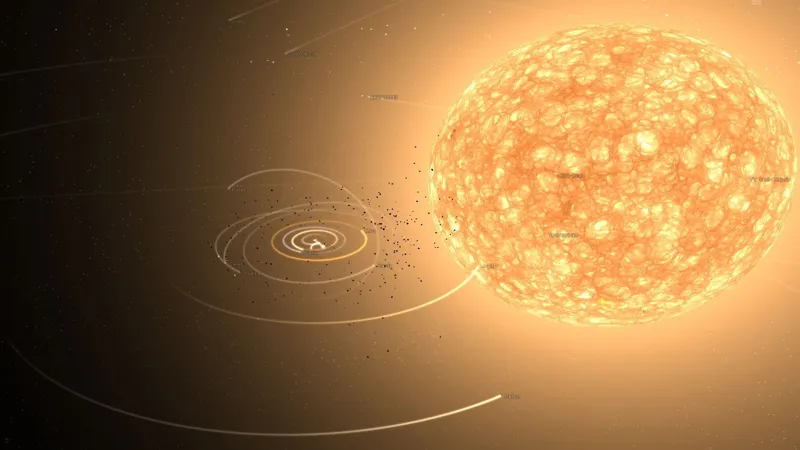The universe is a realm of breathtaking wonders, continually revealing secrets that challenge our understanding of reality. Despite our extensive exploration and research, the cosmos remains an enigmatic expanse filled with phenomena that defy imagination. From colossal stars that dwarf our sun to incomprehensibly bright objects born from black holes, the scale and complexity of space are nothing short of mesmerizing. In this journey through the stellar landscape, we will uncover extraordinary facts that not only highlight the vastness of space but also serve to intrigue and astonish, leaving you eager to share these cosmic revelations with friends.
| Fact Number | Description | Details |
|---|---|---|
| 1 | Largest Known Star | Stephenson 2-18, 2,150 times larger than the Sun, 18,900 light years away. |
Exploring the Size of the Universe
The universe is a vast expanse that stretches far beyond what we can see. When we look at the night sky, we see countless stars, but each one is just a tiny point of light in a galaxy that can contain billions of stars. Scientists believe there are more galaxies in the universe than there are grains of sand on all the beaches on Earth! This immense size makes it hard to truly understand what the universe is like.
As we learn more about space, we discover that some objects are incredibly massive. For example, the largest known star is so big that if it were placed where our Sun is, it would reach all the way to Saturn! This shows us that there are things in the universe that are not only larger than we can imagine but also completely different from what we experience on Earth.
Frequently Asked Questions
What is the largest known star in the universe?
The largest known star is Stephenson 2-18, which is about 2,150 times the size of our Sun.
How big is our Sun compared to Earth?
Our Sun is 1,287,000 times larger than Earth, with a diameter of 865,000 miles.
What is the brightest object in the universe?
The brightest object is J059-4351, a supermassive black hole that emits light from matter being pulled in.
What percentage of our solar system’s mass is in the Sun?
About 98.86% of our solar system’s mass is contained in the Sun, while all other objects make up just 1.14%.
Can you fit other stars inside Stephenson 2-18?
Yes, you could fit about 10 billion Suns inside Stephenson 2-18, showcasing its immense size.
Why do black holes appear black?
Black holes absorb light due to their strong gravity, making them appear invisible, but they can emit light from surrounding matter.
How is light produced by a black hole?
Light is generated from friction as matter accelerates near a black hole, creating energy and visible light in an accretion disk.
Summary
The universe is vast and filled with amazing discoveries! For example, the largest known star, Stephenson 2-18, is about 2,150 times bigger than our Sun. If it were in our solar system, its surface would reach Saturn’s orbit! Additionally, the brightest object in the universe is a supermassive black hole, J059-4351, which is 500 trillion times brighter than the Sun due to the energy created as it pulls in matter. Lastly, the Sun contains 98.86% of the mass in our solar system, showing just how massive it is compared to planets like Earth. Space continues to surprise us!
